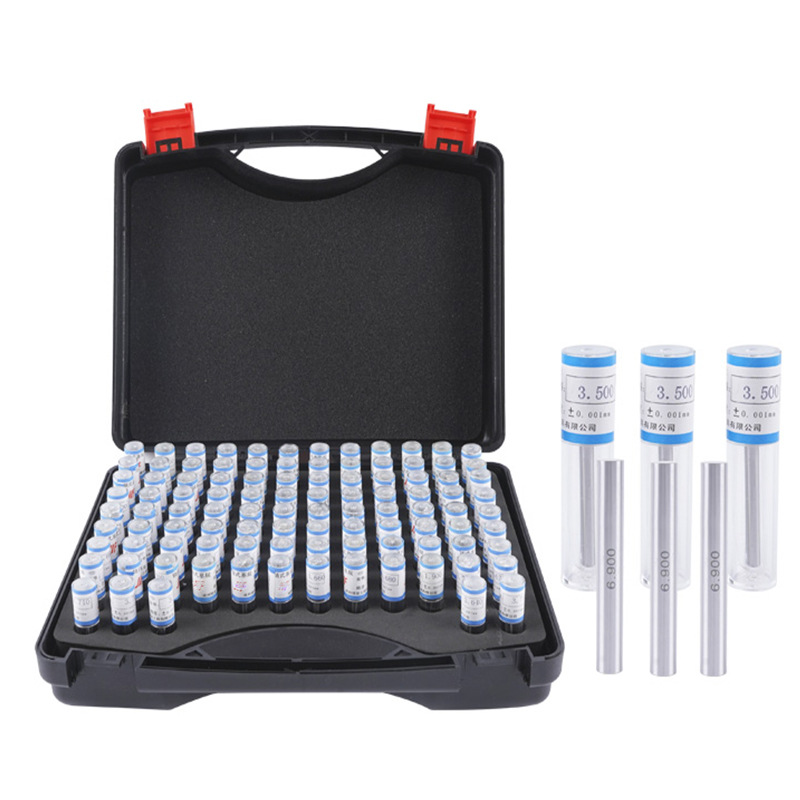ડીસેમ્બર . 27, 2024 12:34 Back to list
stone surface plate
The Importance of Stone Surface Plates in Modern Metrology
In the world of metrology, precision is paramount. Engineers and technicians alike understand that the accuracy of measurements can have a profound impact on product quality and performance. Among the various tools employed in this quest for precision, stone surface plates stand out as essential instruments. These flat, stable surfaces offer an unparalleled foundation for inspection, calibration, and assembly processes.
What are Stone Surface Plates?
Stone surface plates are flat, rigid slabs typically made from natural stone, such as granite, or high-quality synthetic materials. They are designed to provide a stable and accurate reference plane for measuring instruments. The most common application of stone surface plates is in quality control environments, including manufacturing plants and laboratories, where precise measurements are crucial.
Material Considerations
Granite is the preferred material for most surface plates due to its excellent properties. Its durability, resistance to wear, and ability to maintain flatness over time make it ideal for metrology applications. Additionally, granite offers thermal stability, which is crucial when working with varying temperatures in industrial settings. Unlike metal plates, granite does not expand or contract significantly with temperature changes, ensuring that measurements remain consistent and accurate.
Flatness and Accuracy
The primary function of a stone surface plate is to provide a flat reference surface. The flatness of these plates is measured in terms of shape tolerance, which specifies how much deviation from absolute flatness is permissible. Premium quality granite plates can achieve tolerances of just a few microns. This level of precision is essential for high-stakes applications, such as aerospace and automotive industries, where even minor inaccuracies can lead to significant consequences.
Applications of Stone Surface Plates
stone surface plate

Stone surface plates are utilized across various industries for numerous applications. They are primarily used in
1. Inspection and Quality Control By placing components on a surface plate, inspectors can gauge their dimensions using calipers, micrometers, and height gauges. The flatness and stability of the plate ensure that measurements taken are both accurate and repeatable.
2. Calibration Surface plates are often employed as reference standards for calibrating measuring instruments. By comparing the measurements of calibration tools against the stable surface, technicians can ensure that their instruments function correctly.
3. Assembly and Machining In assembly processes, ensuring that parts fit together accurately is crucial. Stone surface plates provide a level surface where parts can be securely positioned and checked for alignment, simplifying complex assembly tasks.
4. Tool and Die Making In toolmaking, precision is vital. Surface plates provide a stable base for the manufacture and assembly of tooling components, ensuring that all parts align correctly before finalization.
Maintenance and Care
To ensure longevity and continued accuracy, regular maintenance of stone surface plates is crucial. Cleaning the surface with non-abrasive materials helps to avoid scratches that could affect flatness. Additionally, periodic checkups using level gauges or laser alignment tools can help detect any deviations from flatness over time. Should a plate become chipped or scratched, resurfacing may be required to restore its precision.
Conclusion
Stone surface plates are indispensable in the world of precision measurement and quality control. Their ability to provide a flat, stable, and durable reference surface enables manufacturers to maintain high standards of accuracy in their products. As industries continue to evolve and demand greater precision, the role of stone surface plates will only expand, underscoring their significance in modern metrology practices. By prioritizing the use of these essential tools, businesses can enhance their performance, ensure product quality, and maintain a competitive edge in today's global marketplace.
-
Why Metric Trapezoidal Thread is Ideal for Precision Motion ControlNewsAug.05,2025
-
The Unique Properties of a Block of Granite for Industrial UseNewsAug.05,2025
-
The Role of Flanged Y Strainers in Preventing Pipeline ClogsNewsAug.05,2025
-
The Importance of Regular Calibration for Master Ring GagesNewsAug.05,2025
-
How a Cast Iron Surface Table Enhances Accuracy in ManufacturingNewsAug.05,2025
-
Comparing Different Check Valve Types for Optimal Flow ControlNewsAug.05,2025
Related PRODUCTS









